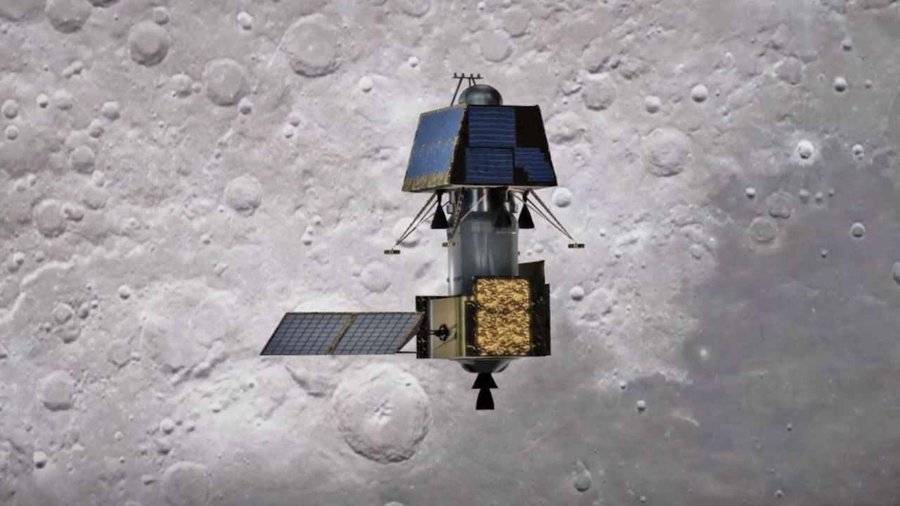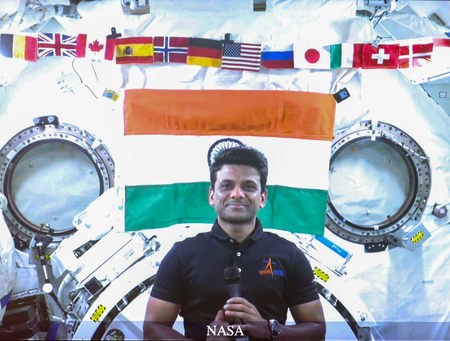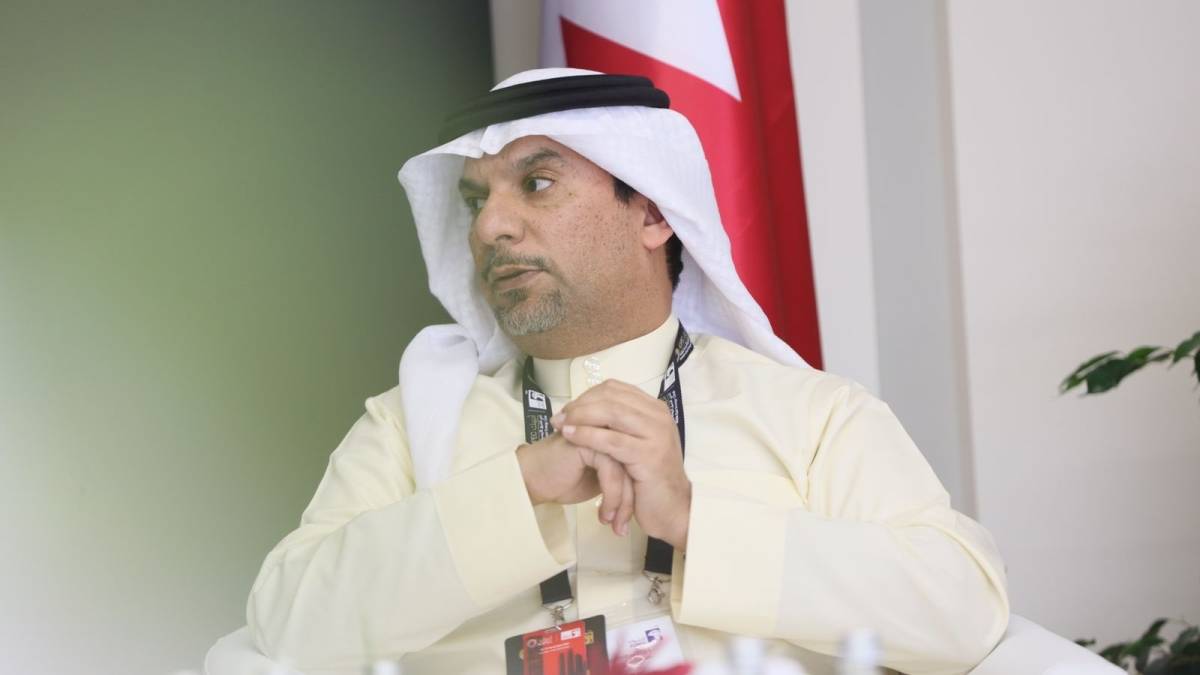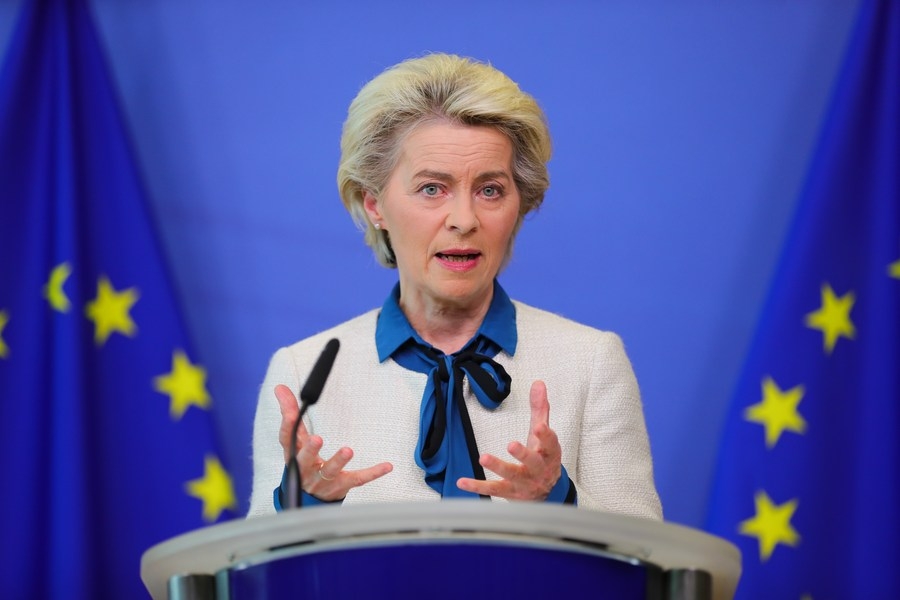Both the orbiters orbit the moon in a nearly polar orbit and hence, both the spacecraft come close to each other over the Lunar poles…reports Asian Lite News.
For the first time in its space exploration mission, an evasive measure was carried out recently to avoid the collision between Chandrayaan-2 Orbiter and US’ Lunar Reconnaissance Orbiter (LRO), Indian Space Research Organisation (ISRO) said.
According to ISRO, Chandrayaan-2 Orbiter and National Aeronautics and Space Administration’s (NASA) LRA were predicted to come very close to each other on October 20, 2021 near the Lunar North pole.
Calculations by ISRO and NASA’s Jet Propulsion Laboratory (JPL) showed that the radial separation between the two spacecraft would be less than 100 m and the closest approach distance would be only about three km on October 20, 2021 at 11.15 am Indian time.
ISRO and NASA agreed that the situation warranted a collision avoidance manoeuvre and as per the mutual agreement between the two agencies Chandrayaan-2 Orbiter was moved away on Oct 18, 2021 ensuring a sufficiently large radial separation at the next closest conjunction between the two spacecraft.
According to ISRO, after orbit determination of Chandrayaan-2 Orbiter post-manoeuvre tracking data, it was reconfirmed that there would be no further close conjunctions with LRO in the near future with the achieved orbit.
Both the orbiters orbit the moon in a nearly polar orbit and hence, both the spacecraft come close to each other over the Lunar poles.
The Indian Orbiter has been going around the moon for the past two years.
It is common for satellites in earth orbit to undergo collision avoidance manoeuvres to mitigate collision risk due to space objects including space debris and operational spacecraft.
In 2020, India’s 700 kg cartography satellite Cartosat-2F and Russia’s 450 kg Kanopus-V satellite had a near miss in outer space, said Roscosmos, Russia’s state space corporation.
Both the earth observation satellites were as close as 224 metres.
Kanopus is an Earth observation with a launch mass of 450 kg mini-satellite mission of the Russian Space Agency.
ALSO READ-Indian-origin astronaut-led SpaceX mission docks with ISS














